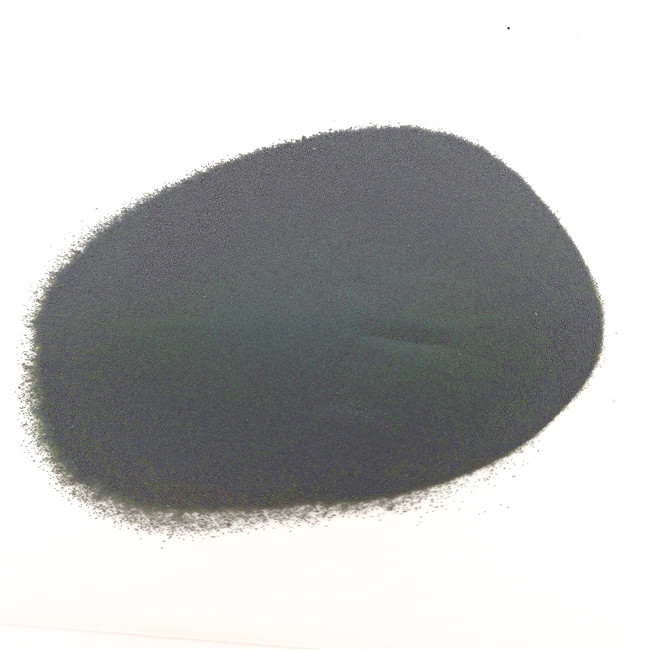

So, the chemical formula of Chromium(III) sulfide is: On the other hand, Sulphur has a tendency to gain two electrons and thus exhibits -2 oxidation state in their compounds and so, its valency is -2. It means that the chromium atom loses three electrons from its valence shell and thus exhibits +3 oxidation state in Chromium(III) sulfide and so, its valency is +3. In Chromium(III) sulfide, Chromium atoms have +3 charge on it. on the basis of their tendency to lose or gain the electrons. We can find the formula of Chromium(III) sulfide by using their valency i.e. Now, find the chemical formula.Ĭhromium(III) sulfide is an inorganic compound and it consists of the elements chromium and Sulphur and Chromium(III) sulfide is formed by the action of the Sulphur on the chromium and Valency of Cr is +3 and that of the S is -2. International Journal of Nanoparticles, 2012 Vol.5 No.3, pp.Hint: The chemical formula of Chromium(III) sulfide is found by using the concept of the valency of the atom which is the capacity of any substance to gain/lose the electron. Keywords: chromium sulfide nanoparticles PVC membranes ion-selective electrodes ISE nanotechnology chromium sulphide coffee atomic absorption spectrometry AAS. It was used to determine chromium in coffee sample the results were in good agreement with the atomic absorption spectrometry (AAS) method. The electrode can be used for at least two months without any divergence in potential. Selectivity coefficients indicated that the electrode was selective to the primary ion over the interfering ion. The response of the electrode was fast with quite reasonable reproducibility, stability and the optimal pH in which the electrode could be used was from 5.0 to 8.0. The linear range was 1.00 × 10 −8 to 1.00 × 10 −1 mol L −1 and the detection limit was 0.5 × 10 −9 mol L −1. A novel chromium ion-selective electrode (ISE) was prepared by dispersing the chromium sulfide nanoparticles in polyvinylchloride (PVC) membrane and the optimum ratio of components in the membrane was determined. TEM and DLS results indicated that the size distribution of the nanoparticles was uniform with an average diameter of 45 nm. ' Department of Chemistry, School of Sciences, Gujarat University, Ahmedabad 380009, Gujarat, IndiaĪbstract: Nanoparticles of chromium sulfide were prepared in the organic phase and the optimum synthesis conditions for the nanoparticles were studied in detail. MenonĪddresses: Department of Chemistry, School of Sciences, Gujarat University, Ahmedabad 380009, Gujarat, India. Title: Chromium sulfide nanoparticles as an ion-selective membrane electrode for chromium(III)Īuthors: Gaurang M. Inderscience Publishers - linking academia, business and industry through research

Principles of General Chemistry 2nd Edition ISBN: 9780073511085 Authors: Martin S ISBN. The response of the electrode was fast with quite reasonable reproducibility, stability and the optimal pH in which the electrode could be used was from 5.0 to 8.0. Chromium(III) oxide reacts with hydrogen sulfide (H2S) gas. The linear range was 1.00 × 10−8 to 1.00 × 10−1 mol L−1 and the detection limit was 0.5 × 10−9 mol L−1. Article: Chromium sulfide nanoparticles as an ion-selective membrane electrode for chromium(III) Journal: International Journal of Nanoparticles (IJNP) 2012 Vol.5 No.3 pp.210 - 226 Abstract: Nanoparticles of chromium sulfide were prepared in the organic phase and the optimum synthesis conditions for the nanoparticles were studied in detail.


 0 kommentar(er)
0 kommentar(er)
